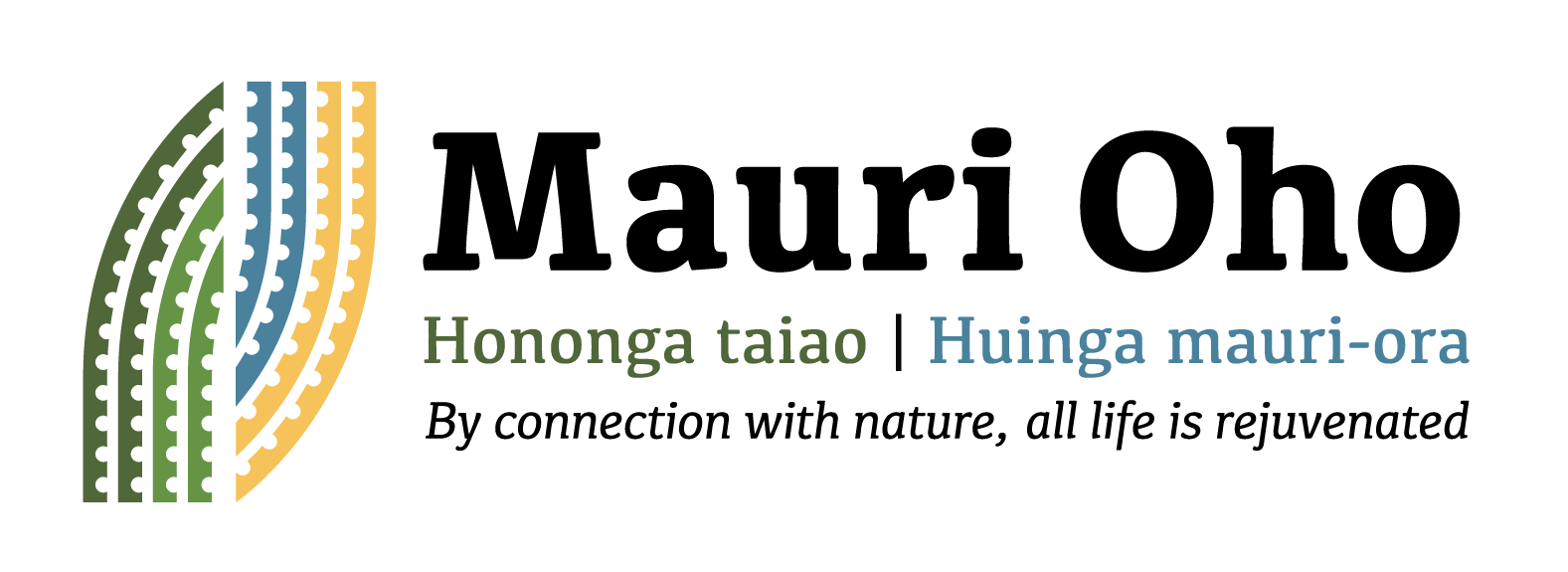Background and
Project Rationale
Species loss is a silent plague. It creeps up insidiously. Over time this sad silence descended into the Remutaka Range, then through the Tararua Range and into the Southern Ruahine Range. But while kiwi, whio, toutouwai, and kākā disappeared from these areas, they retained refuge habitat in the Central and Northern Ruahine Range.
It’s likely that their survival here was due to the particularly diverse ecology of the region. But plagues are pernicious, and it was only a matter of time before the whole range succumbed.
Kā rawe te mahi!
The critical importance of the problem was recognised by Māori Trust Landowners, as well as key personnel in DOC and a band of dedicated individuals. Over the last thirteen years these groups have worked together to establish a network of traps with the particular goal of whio and kiwi recovery in mind.
Kā rawe te mahi! Whio have bounced back from low number to the extent that some rivers are currently at capacity with young birds moving into streams in unprotected areas. The kiwi population has stabilised and is likely increasing.
Ecological Protection Sites
The neighbouring land in the Kererū district is also of particular significance.
Streams run from the range forming incised gorges through the farmland.
The project takiwā contains more than ten areas that are identified as Ecological Protection Sites under the Hawkes Bay Regional Council’s zonation plan.
Ka hoki mai ngā manu tīoriori - The return of the song birds
Mauri Oho builds on the success of these pioneers. A bridgehead has been established. We have proof of concept. Mauri Oho will extend the trapping to protect a significant proportion of a major mountain range. Whio will thrive. The currently isolated populations of kiwi will be connected by safe corridors. All manu will benefit. Farewell to the silent forest. Ka hoki mai ngā manu tīoriori.
Return of Taonga Species
The presence of whio in the Poroporoake Stream near Kererū School is --- just --- within living memory. Trapping and riverine recovery work in the Kererū district will provide predator free areas with clean water that will lay the welcome mat for the return of taonga species into this takiwā.


